Table of Contents
- Introduction: Mastering the Art of Curry Cooking
- Hack #1: Toast Spices for Maximum Flavor
- Hack #2: Use the Right Oil for the Right Curry
- Hack #3: Don't Skip Deglazing – It's Magic!
- Hack #4: Freeze Pre-Mixed Pastes for Instant Flavor
- Hack #5: Pair Acidic Ingredients for Balance
- Hack #6: Layer Heat with Different Chilies
- Hack #7: Let It Rest – Why Patience Pays Off
- Hack #8: Store Spices Like a Pro
- Hack #9: Grind Fresh, Cook Faster
- Hack #10: Know When to Say 'Enough'
- Buying Guide: Tools & Spices That Make a Difference
- Conclusion: From Beginner to Curry Master
- Frequently Asked Questions
Introduction: Mastering the Art of Curry Cooking
Curry is a beloved dish worldwide, but mastering it requires more than just throwing ingredients together. In this guide, we'll share 10 professional techniques to create authentic, flavorful curries at home. Whether you're a beginner or experienced cook, these evidence-based methods will transform your cooking results.

Curry preparation involves careful layering of flavors, precise spice management, and technique-driven cooking. From toasting whole spices to balancing heat and acidity, each step contributes to restaurant-quality results. Let's dive into the science and art behind perfect curry.
Hack #1: Toast Spices for Maximum Flavor
Toasting spices before adding them to your pot intensifies aroma, deepens color, and boosts umami through Maillard reactions.
| Spice | Toast Time | Result |
|---|---|---|
| Cumin Seeds | 1–2 minutes | Rich, earthy depth |
| Coriander Seeds | 2–3 minutes | Sweet-nutty warmth |
| Fennel Seeds | 3 minutes | Anise-like brightness |
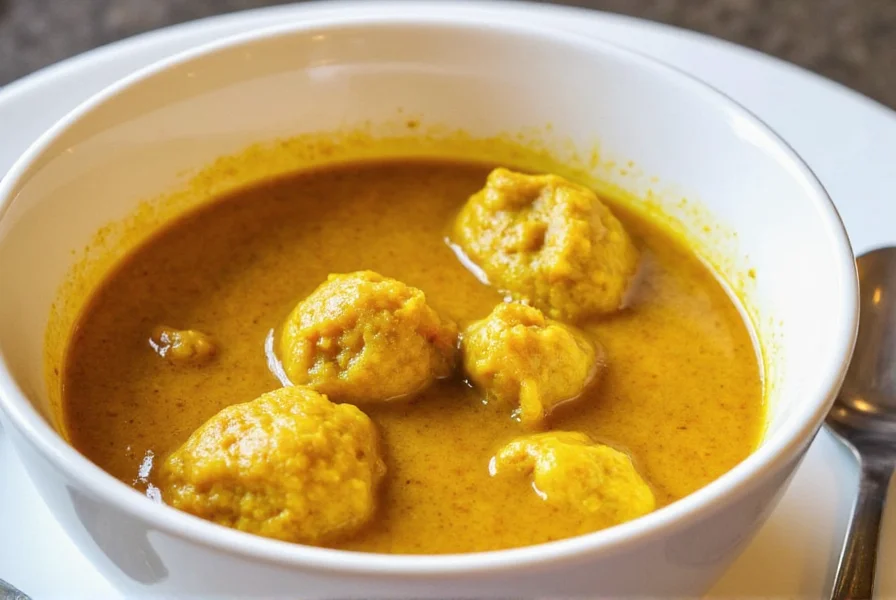
Hack #2: Use the Right Oil for the Right Curry
The oil you use subtly changes your curry's character. Coconut oil brings sweetness to Thai curries, while mustard oil gives North Indian dishes their signature sharpness.
- Coconut oil – Great for creamy coconut-based curries
- Mustard oil – Perfect for pungent, bold Bengali or Punjabi dishes
- Ghee – Adds richness and caramel notes
Hack #3: Don't Skip Deglazing – It's Magic!
After sautéing aromatics (onion, garlic, ginger), bits stick to the bottom of the pan. Those are flavor bombs! Deglaze with broth, wine, or coconut milk to lift those flavors into your sauce.
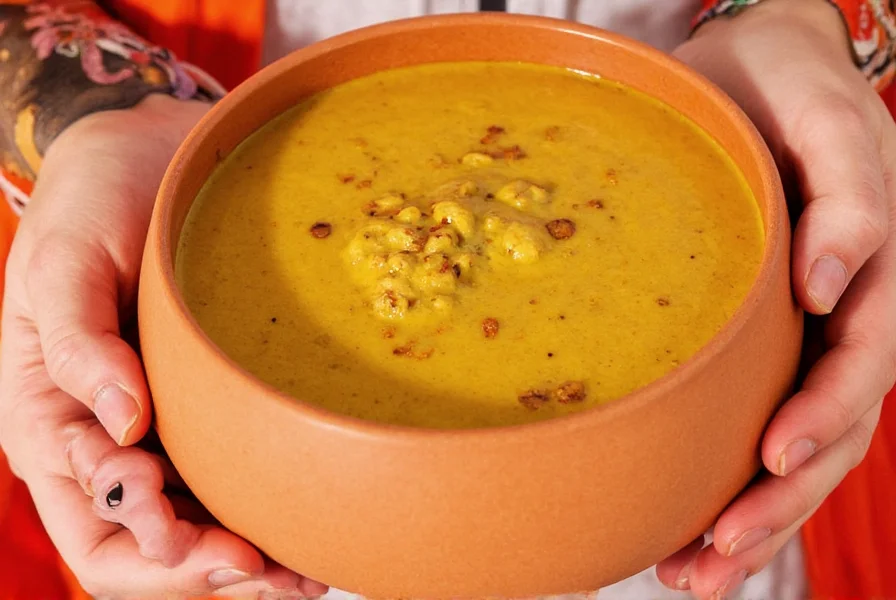
Hack #4: Freeze Pre-Mixed Pastes for Instant Flavor
Make extra curry paste and freeze in ice cube trays. One cube = one portion. Pull out when inspiration hits—and you're halfway there!
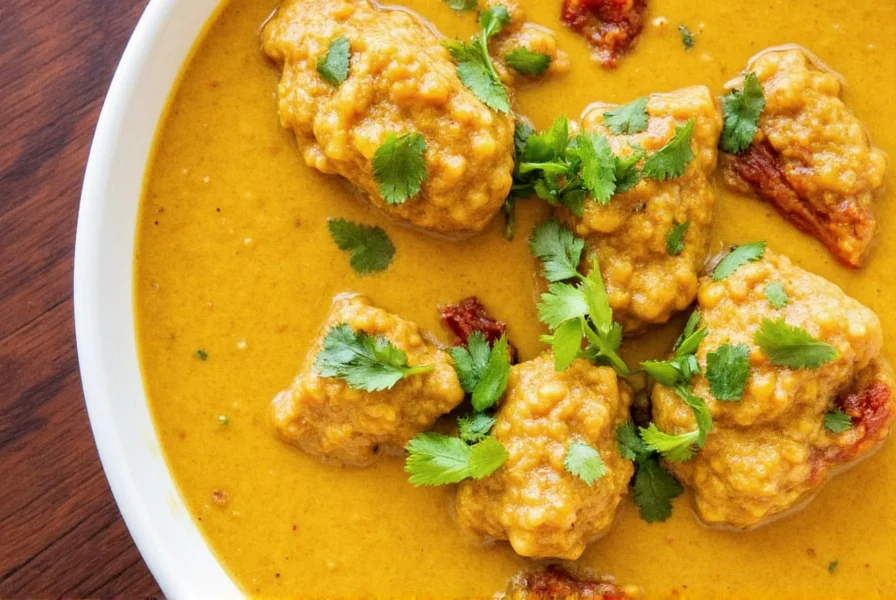
Hack #5: Pair Acidic Ingredients for Balance
A touch of lime juice, tamarind, or vinegar lifts heavy curry sauces and balances rich ingredients like coconut milk or ghee.
| Curry Type | Best Acid |
|---|---|
| Thai Green Curry | Lime Juice |
| Indian Butter Chicken | Vinegar |
| Caribbean Curry Goat | Lemon Juice |
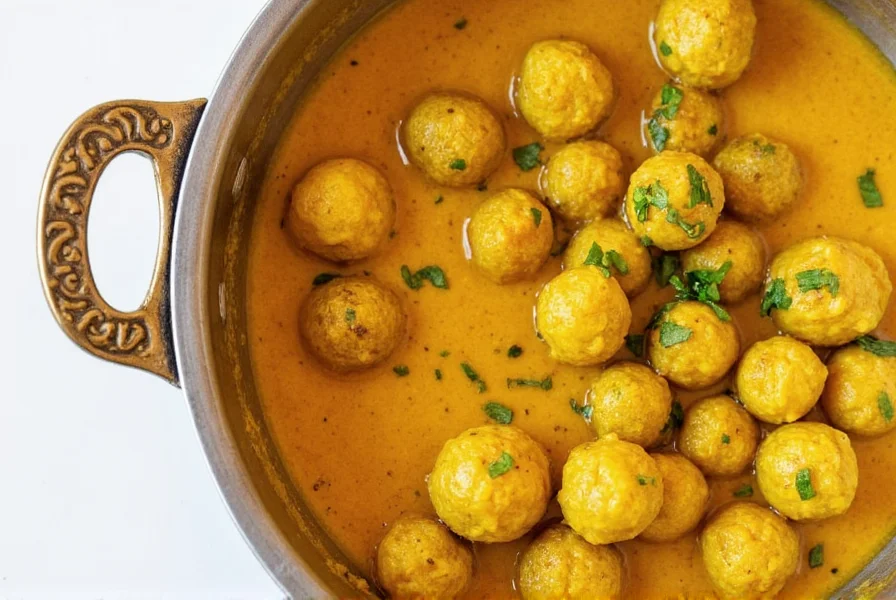
Hack #6: Layer Heat with Different Chilies
Use a mix of chilies—fresh, dried, powdered—to build complex heat. Fresh jalapeños add brightness, while Kashmiri chili powder contributes deep red color without extreme spice.
- Guajillo – Smoky and mild
- Hatch – Sweet heat
- Bird's Eye – Explosive fire
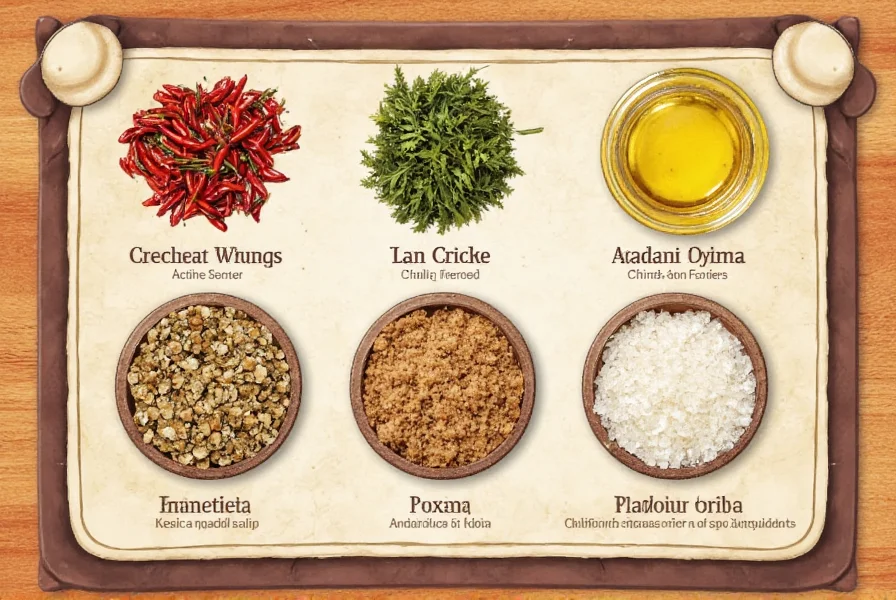
Hack #7: Let It Rest – Why Patience Pays Off
Curry tastes better the next day because flavors mellow and blend over time. If you can wait, refrigerate overnight for maximum deliciousness.
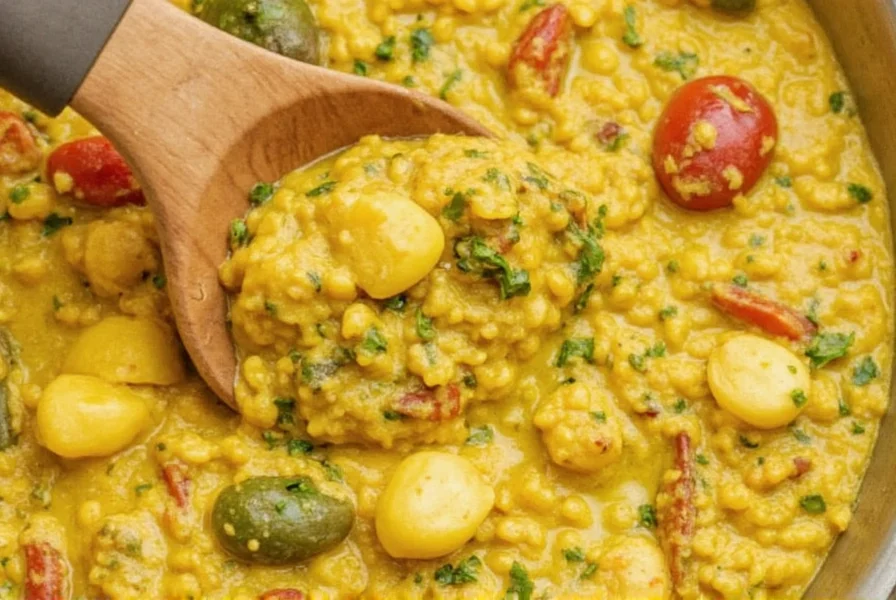
Hack #8: Store Spices Like a Pro
Keep your spice rack cool, dark, and airtight. Exposure to light and air kills flavor fast. Glass jars are best; avoid plastic containers which can absorb smells.
| Storage Tip | Benefit |
|---|---|
| Dark glass jars | Promote freshness |
| Label everything | No guessing games |
| Store away from stove | Prevent heat degradation |
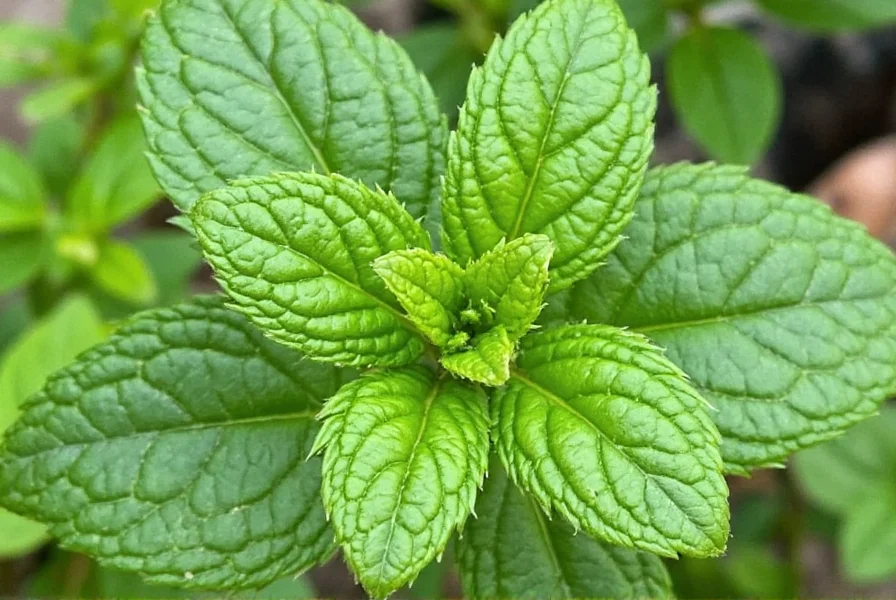
Hack #9: Grind Fresh, Cook Faster
Whole spices last longer but lose potency once ground. For fresher flavor, grind small batches as needed using a spice grinder or mortar and pestle.
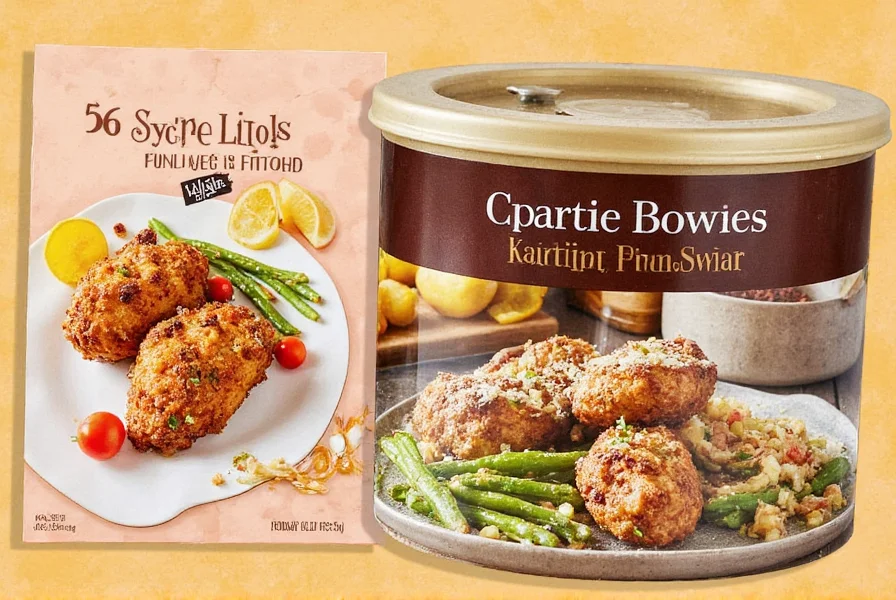
Hack #10: Know When to Say 'Enough'
Overloading with spices doesn't mean more flavor—it means confusion. Learn balance. A pinch of nutmeg or clove can transform a curry without overwhelming it.

Buying Guide: Tools & Spices That Make a Difference
Whether you're a seasoned pro or a home cook experimenting with curry, these tools and ingredients will take your game to the next level.
Essential Tools
- Mortar & Pestle – Ideal for crushing whole spices manually
- Cast Iron Skillet – Excellent for toasting spices evenly
- Ice Cube Trays – Perfect for freezing curry pastes
Top Curries & Blends
| Product | Features | Use Case | Target Audience |
|---|---|---|---|
| Thai Red Curry Paste | Spicy, fermented shrimp base | Thai curries, soups, marinades | Home cooks looking for quick prep |
| Garam Masala Blend | Warming, aromatic | Dal, rice dishes, stews | Indian food lovers |
| Madras Curry Powder | Mildly hot, citrusy | Vegetable curries, chicken tikka | Beginners exploring curry basics |
Spice Storage Containers
- OXO Good Grips Spice Jars – Airtight, stackable, clear labeling
- Joseph Joseph Spice Organizers – Color-coded and space-saving
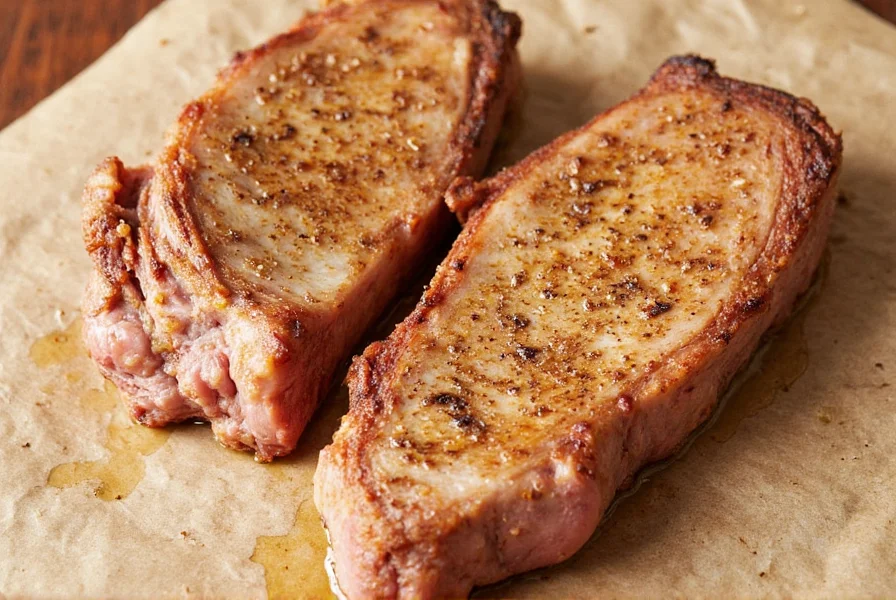
Conclusion: From Beginner to Curry Master
Curry is more than just a dish—it's a culinary art that combines science and tradition. By mastering techniques like proper spice toasting, deglazing, and strategic resting, you'll consistently create restaurant-quality flavors at home. Remember: authenticity comes from understanding each step's purpose, not just following recipes. Start with one technique today and elevate your curry game.
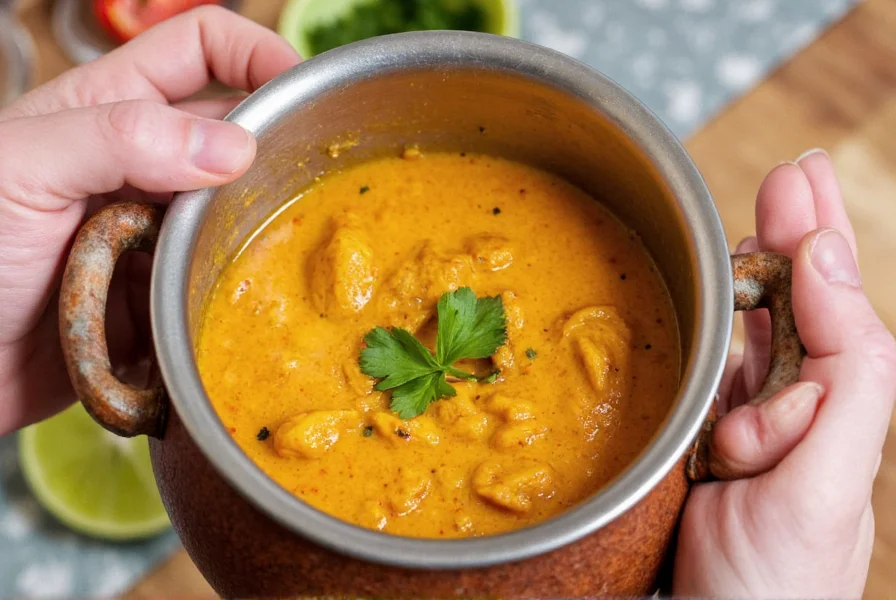
Frequently Asked Questions
What's the most important technique for authentic curry preparation?
Building a proper spice base is crucial. Properly toasting whole spices, using the right oil for your curry type, and deglazing the pan after sautéing aromatics create foundational flavors. Authentic curry making is about layering flavors gradually rather than dumping in pre-mixed powders. The most successful curries come from understanding how each spice contributes to the final profile.
How long should I let curry rest before serving for the best flavor?
While immediate consumption is fine, curries typically benefit from resting for at least 2-4 hours, with overnight refrigeration providing the most dramatic improvement in flavor. During this resting period, the spices fully hydrate, flavors meld together, and harsh edges mellow. If you're short on time, letting your curry sit covered off-heat for 20-30 minutes before serving still makes a noticeable difference compared to serving immediately.
What's the difference between curry powder and curry paste?
Curry powder is typically a dry blend of ground spices used in Indian and British-style curries. Curry paste is a wet mixture containing fresh ingredients like chilies, garlic, lemongrass, and shrimp paste, common in Thai and Southeast Asian cooking. The key difference is moisture content and preparation method—powders are dry toasts while pastes are wet blends. Each serves as a different starting point for your curry preparation.
Can I substitute one type of curry for another in recipes?
You can adapt between curry styles, but with caution. A Thai curry paste won't create an authentic Indian curry, and vice versa, because they use different flavor foundations. However, understanding principles like balancing heat, acid, and fat allows you to modify recipes thoughtfully. For example, you could use a small amount of Indian garam masala to add warmth to a Thai-inspired dish, but the result would be fusion rather than traditional. True mastery means respecting each tradition's techniques while adapting them skillfully.
Why is my curry too bland or too spicy?
Bland curry usually lacks proper spice toasting or deglazing steps, while excessive spiciness often comes from adding all chilies at once. To fix blandness, toast whole spices before grinding and deglaze the pan after sautéing aromatics. For overly spicy curry, add coconut milk or yogurt to balance heat, and always taste as you go—adding heat is easier than removing it. Remember: balance is key, not maximum intensity.
How do I store spices to maintain freshness?
Keep spices in dark glass jars away from heat and light. Store them in a cool, dry place like a pantry, not near the stove. Whole spices last 2-3 years, while ground spices lose potency after 6 months. Label everything with purchase dates, and avoid plastic containers which absorb odors. For maximum freshness, grind whole spices just before use.

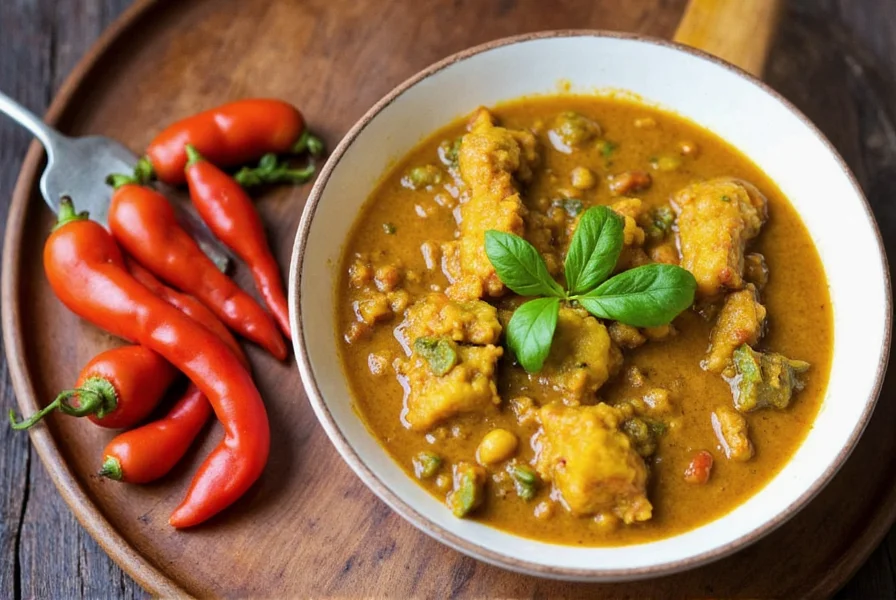









 浙公网安备
33010002000092号
浙公网安备
33010002000092号 浙B2-20120091-4
浙B2-20120091-4